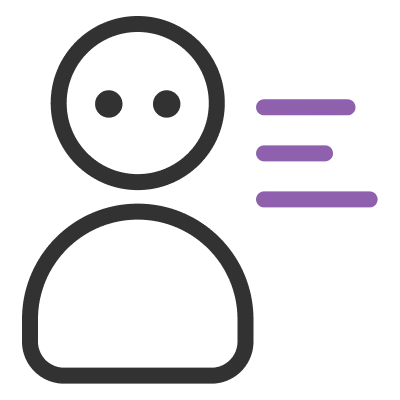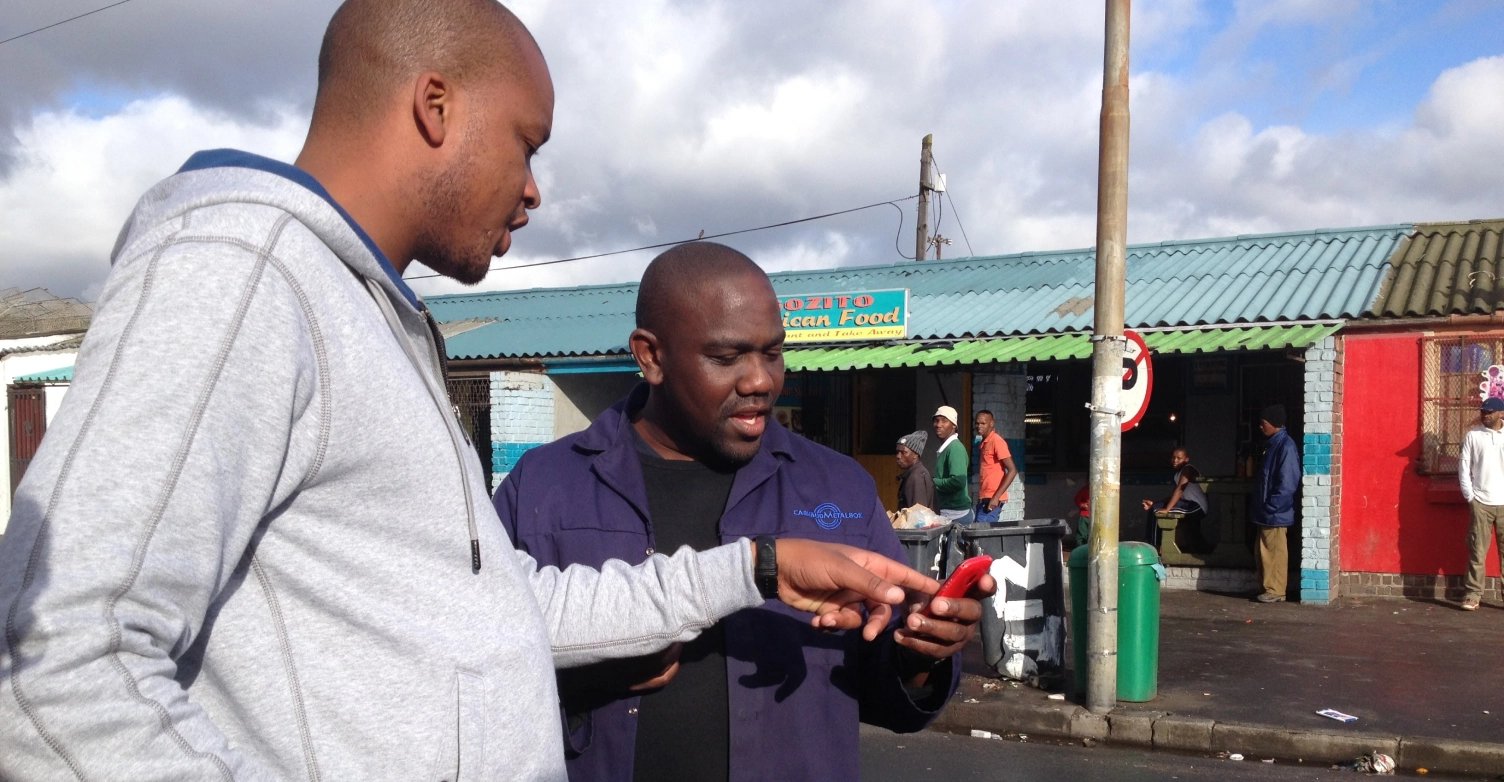
Customer research
One-on-one & in-depth
You can’t do customer-centred design without engaging customers. It’s in the name, after all! Any business plan, project plan, customer segmentation, or anything else that gets created in the building is a hypothesis. The only way to know if your hypothesis is true or not is to validate it through customer research.
There are no facts inside the building. The facts exist outside the building. Get out of the building.
Steve Blank
In his book, The Four Steps to the Epiphany: Successful Strategies for Startups That Win.
Our customer research options
How Might We is a leading market research agency through our proficiency in conducting comprehensive customer research, with a team of experienced researchers with diverse backgrounds in psychology, sociology, and design. Our focus is on uncovering deep insights into customer experiences, behaviours, and motivations.
We employ a variety of customer centric research methods, tailored to the specific needs of each client. With our experience and expertise, we have helped businesses of all sizes – from startups to corporates – improve their customer experience and satisfaction. We specialise in one-on-one in-depth interviews but are also able to run diary studies and contextual inquiries.
Get more than just facts,
get insights.
We don’t just show you customer behaviours – we use our extensive experience in product, service design, and design thinking to convert those behaviours into tangible benefits for your business. This practical, experience-based approach has helped many businesses enhance customer experiences, secure a competitive edge, and fuel growth.
As one of the top UX research companies in South Africa, our expertise enables our clients to develop products and services that truly resonate with their target audience, ultimately enhancing customer satisfaction, increasing loyalty, and achieving long-term success!
Got questions or want to book?

Remote or in-person?
For the majority of our in-depth interviews and diaries, we recommend running them remotely. We have found remote sessions to be more cost-effective and allow for a more diverse audience from across the world. But sometimes, remote is not suitable, and for that reason, we offer both.
Read more about our remote vs in-person research journey
Remote
For most research, we use Zoom, but we can chat with customers on any digital platform that supports video and audio. We are comfortable with WhatsApp, Teams, Google Meet, UserZoom, and Lookback. For diary studies, we have found a WhatsApp chat with each respondent to be the easiest way to ask questions and for them to capture their thoughts daily.
For the in-depth interviews, we stream our sessions over a password-protected Vimeo channel so teams can watch live! During the sessions, we chat with the team in group chats to discuss what we are seeing, interesting insights, and questions for further investigations. These sessions will remain as recordings for others to watch later.
We share a communal online Miro board before the sessions, so if anyone wants to, they can add comments or take notes. Afterwards, we will analyse the sessions and create a detailed findings report.
In-person
Depending on where in the country you would like the sessions to take place, we will organise a suitable venue. We can organise formal market research facilities with one-way glass, or even just two meeting rooms with good internet. We will organise lunch and have informal discussions between sessions. It’s usually a very insightful day, and we welcome teams to stay the whole day if possible.
We can also visit customers in their spaces, to learn about their unique context. (We often visit nurses to learn about how they use technology in the clinic).
Read more about our view on remote UX research.
Customer research questions
At How Might We, we’re big on helping businesses get to know their customers through qualitative customer research.
Ready to discover how customer research can revolutionise your business? Don’t hesitate to get in touch for a chat or to find out more about what we can offer. With How Might We, customer research isn’t just a box-to-tick exercise—it’s the key to creating top-notch user experiences and nailing digital success. Let’s create something amazing together!
Being customer-centric is the secret to digital success, and the first step to being customer-centric is knowing your customers!
Chat with us and let’s turn your user insights into actionable improvements!